Power plants—whether thermal, hydro, nuclear, or renewable—are among the most complex and high-risk industrial environments. They operate with critical machinery under high temperature, pressure, and voltage conditions. Ensuring reliable, safe, and efficient operation requires routine inspection and preventative maintenance. Traditionally done by skilled technicians, these tasks are now being increasingly assisted by inspection robots, with some of them being quadruped robots – or robot dogs.
1. Why Inspection in Power Plants Is Challenging
Routine inspection in power plants involves checking pipelines, turbines, boilers, generators, switchgear rooms, transformers, cooling towers, and control systems. These assets are often located in:
- High-temperature or high-voltage areas
- Confined or elevated spaces
- Hard-to-access or hazardous environments
Sending humans into such zones carries risks—heat exposure, electrical hazards, and structural instability—making safety a top concern. Moreover, inspections are time-consuming and sometimes inconsistent, especially when conducted manually over large facilities
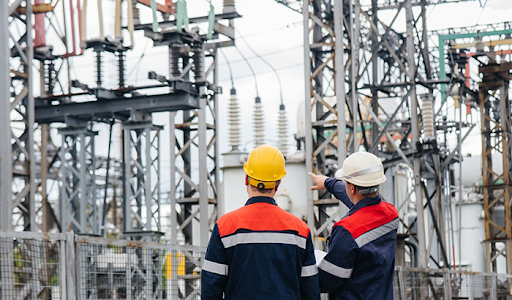
2. How Quadruped Robots Help
Quadruped robots are four-legged mobile machines capable of navigating stairs, platforms, tight walkways, and uneven terrain—all commonly found in power plants. Their agile mobility allows them to reach inspection points that traditional wheeled robots or humans may struggle with.
These robots can be equipped with a range of sensors, including:
- Thermal cameras – to detect overheating in cables, transformers, or motors
- LiDAR – to generate 3D maps and detect structural changes
- HD cameras – to inspect gauges, panels, or visible faults
- Microphones and vibration sensors – to detect abnormal machinery noise or vibration
- Gas detectors – for early detection of leaks in systems using hydrogen or natural gas
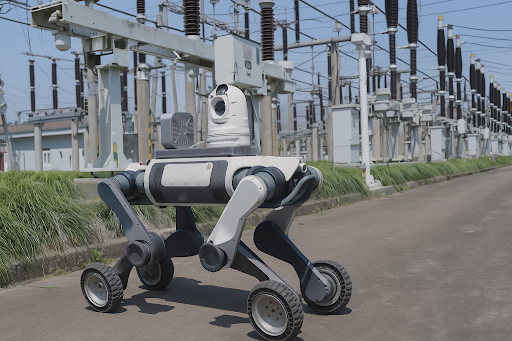
By automating routine patrols, these robots help ensure frequent and consistent data collection, catching problems early and reducing the risk of unplanned shutdowns.
3. Key Benefits in the Power Sector
3.1. Improved Safety
Robot dogs go into dangerous areas so humans don’t have to. They reduce the need for scaffolding, protective suits, and manual measurements in risky zones.
3.2 Higher Inspection Frequency
With autonomous navigation and recharging, quadruped robots can conduct daily or even hourly patrols without fatigue.
3.3 Digital Records and AI Integration
All inspection data is logged in a centralized system, enabling trend analysis, predictive maintenance, and historical tracking.
3.4 Operational Continuity
Inspections can be carried out during operation hours, minimizing disruption.
4. Real-World Deployment
Power utilities around the world are already deploying robot dogs for inspection. For example:
- In thermal plants, they patrol boiler rooms to detect hotspots and listen for unusual fan vibrations.
- In hydro plants, they monitor turbine areas prone to water ingress or corrosion.
- In renewable facilities, such as battery energy storage systems (BESS), they check battery temperatures and inverter panels.
5. Conclusion
Quadruped robots are transforming the way inspections are done in power plants. Their ability to move like animals while carrying advanced sensors makes them ideal for handling tough inspection tasks in harsh environments. As the energy sector modernizes, robot dogs will become a key part of ensuring safer, smarter, and more efficient operations.


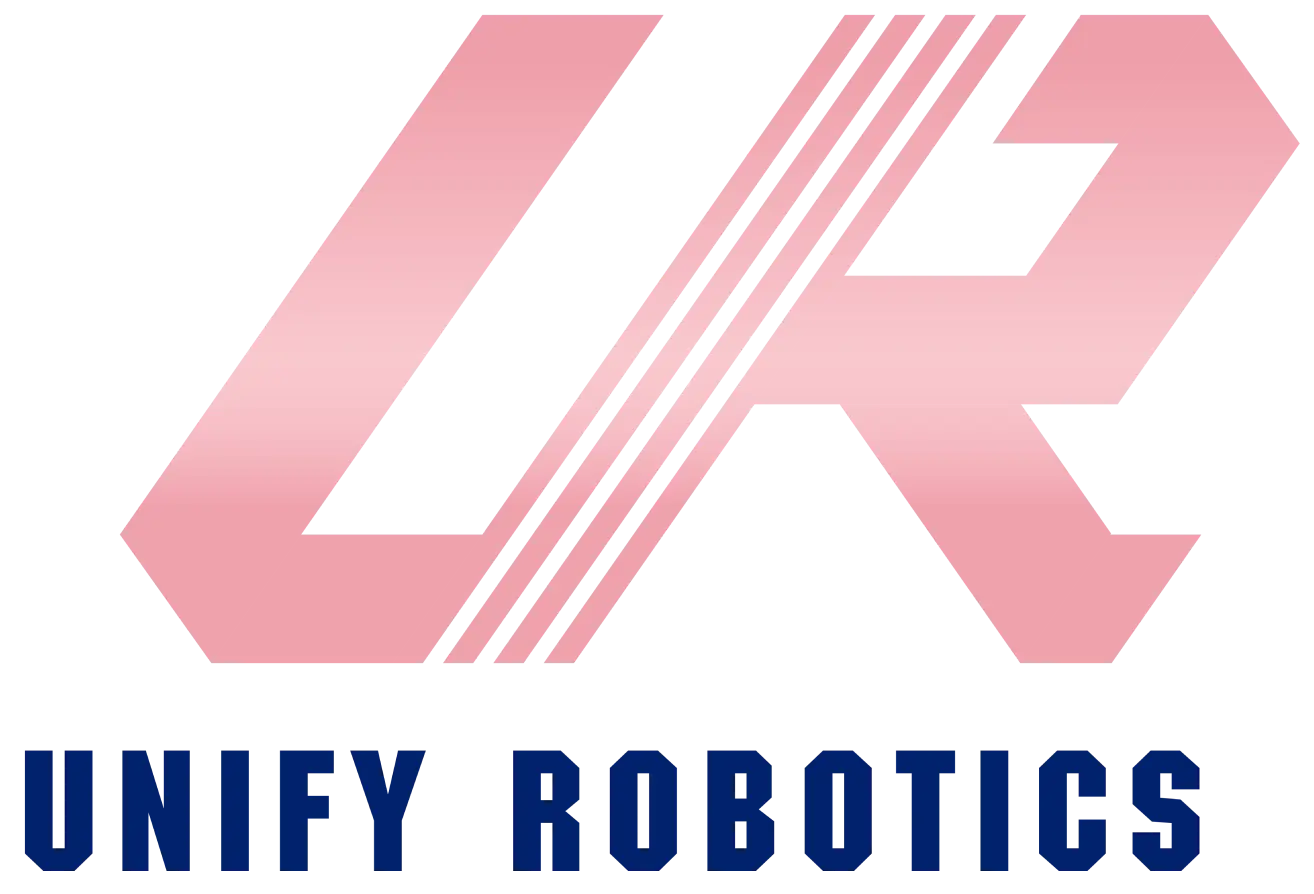
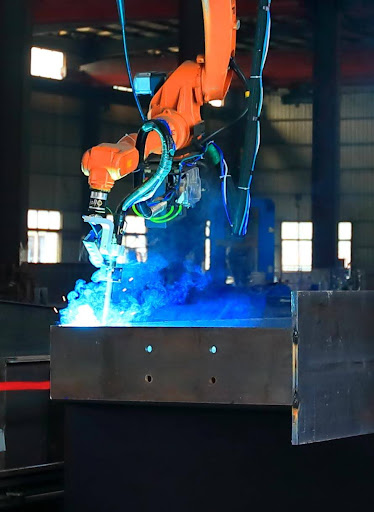
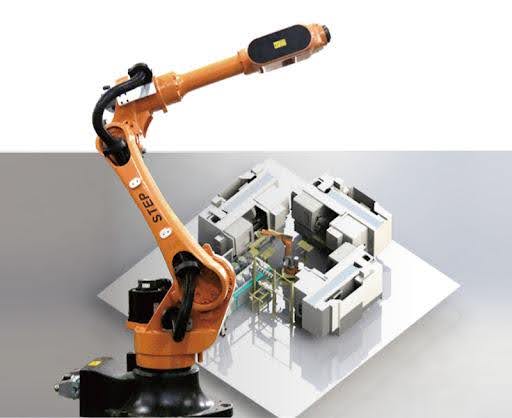
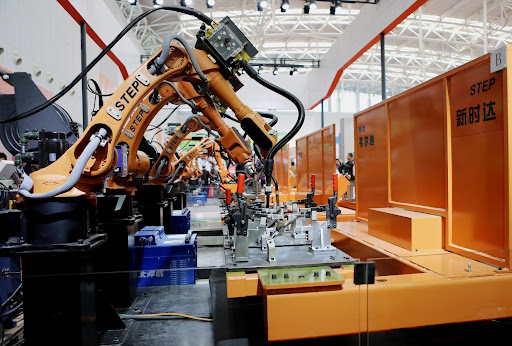

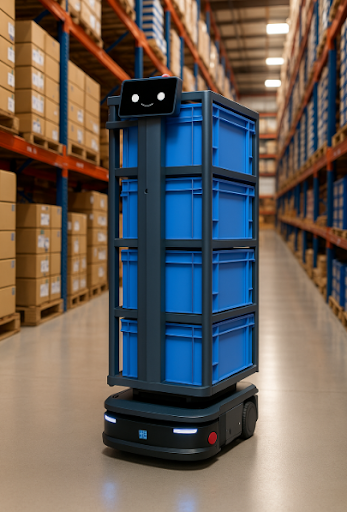
Leave a Reply